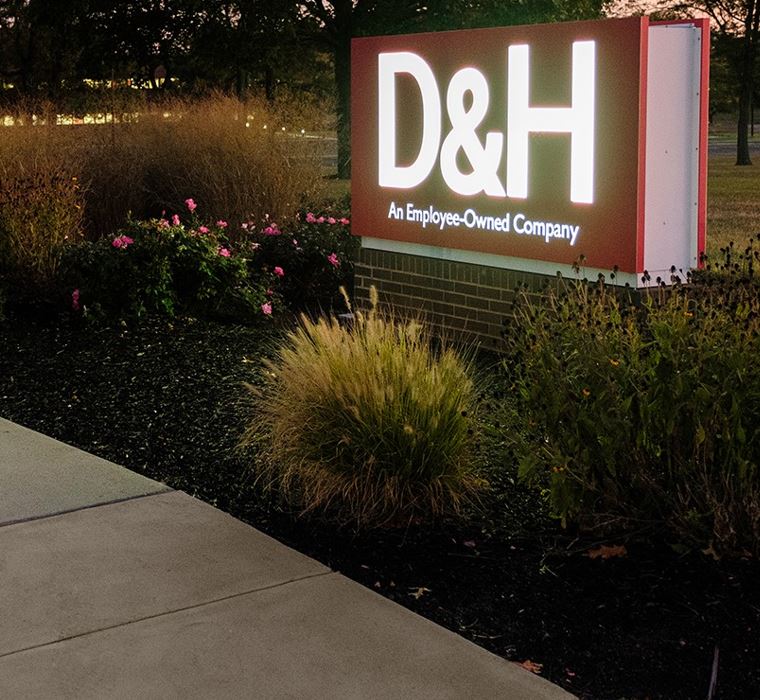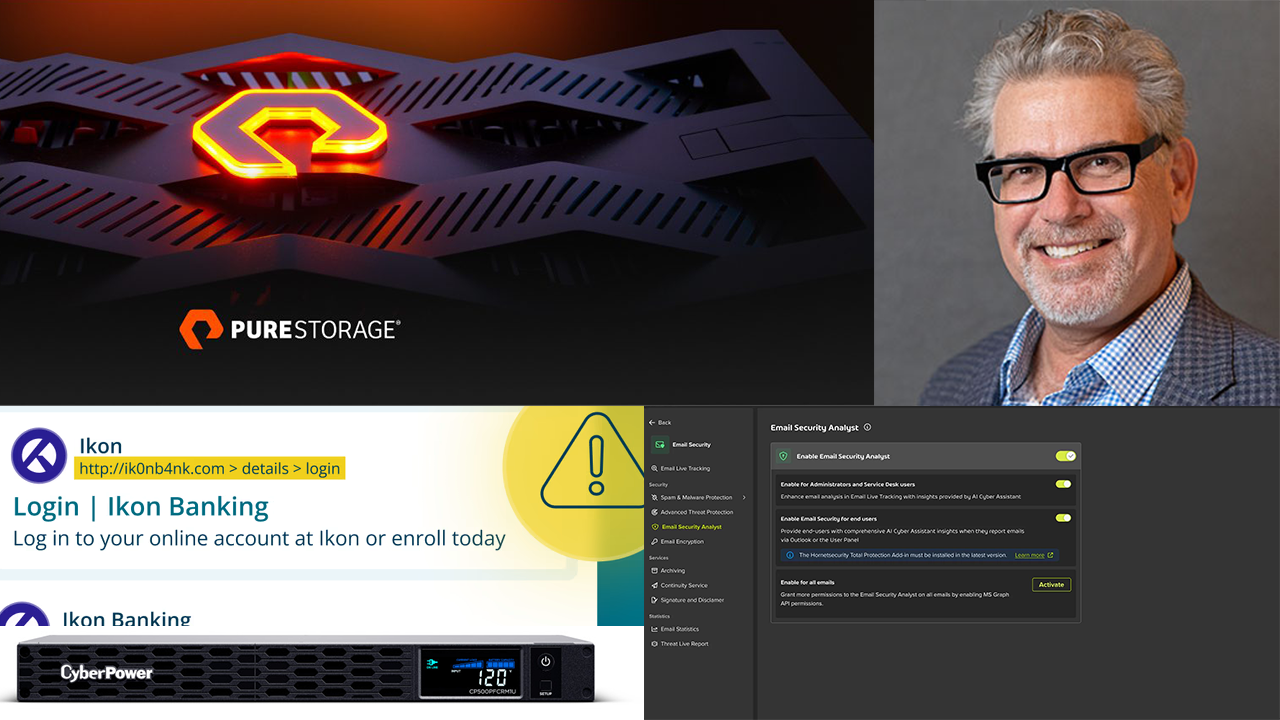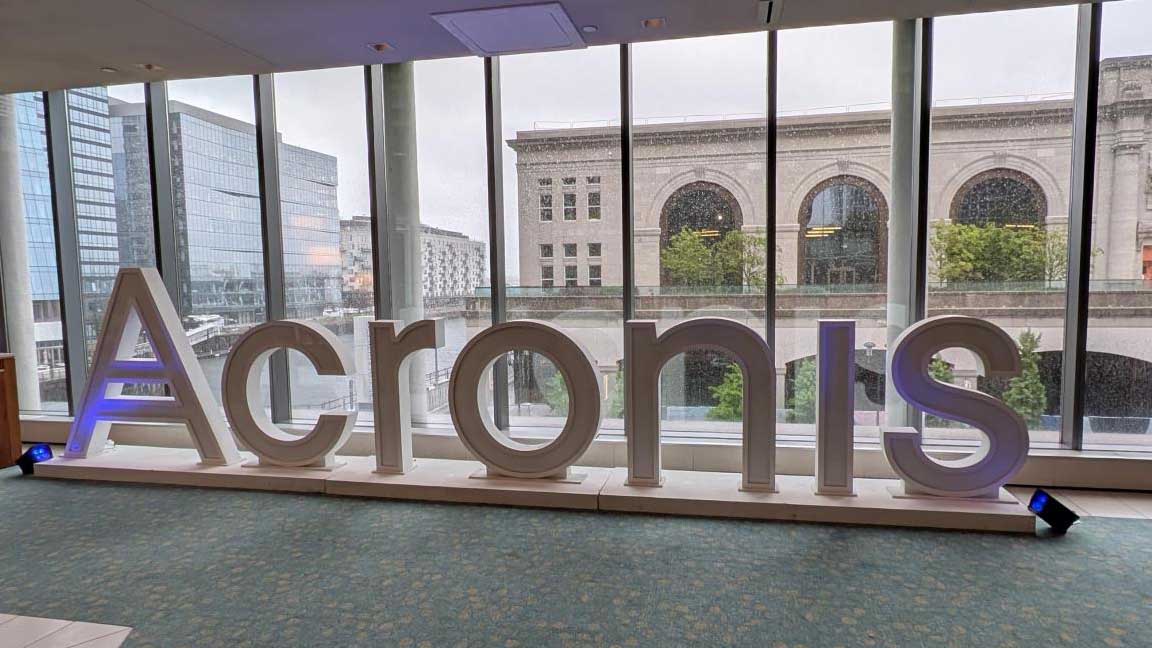More credit, more sales and technical assistance, and enhanced logistical resources all await partners of distributor D&H in the year ahead.
So too, though, do higher hardware prices in all likelihood, according to Michael Schwab, the company’s co-president, thanks to ongoing component and transportation shortages.
“The manufacturers at this point probably have no choice but to reluctantly raise costs,” he says. “That ultimately flows through the channel to a higher end user consumption price.”
Both the investments D&H is making and the price spikes it foresees stem from a now receding pandemic that has been severely disrupting global supply chains since last spring while also spurring greater demand for IT products and services. D&H, for example, recorded 19% sales growth in the U.S. during the fiscal year it concluded last month and 15% in Canada, resulting in combined revenue across both countries above $5 billion for the first time in the company’s 104-year history.
Not surprisingly, those results exceeded Schwab’s expectations a year ago when lockdowns had just gone into effect and GDP was entering a sickening plunge. “When you start seeing the economy shut down and people being restricted to not travel outside their home, when you see that non-essential businesses are being shut down state by state, it would be hard to predict that there’s any growth in any segment of the economy,” Schwab notes.
To his relief and that of many D&H partners, however, sales of work-from-home gear, remote learning solutions, telemedicine systems, and other technologies all jumped as businesses and consumers alike scrambled to accommodate changed conditions. “That was perhaps the silver lining” of COVID-19’s otherwise horrific toll, Schwab notes. “The technology that we sell has never been more in demand.”
To help channel pros capitalize on that demand, D&H will soon raise the $225 million in downstream credit it currently provides U.S. and Canadian partners each month to $300 million. “We want to lean in and make sure that we’re providing the right capital opportunities for our customers to maximize their business,” Schwab says.
That extra borrowing capacity, which will affect 1,500 to 2,000 partners, follows earlier financing increases dating back to the pandemic’s earliest weeks. “We made a concerted decision to deploy hundreds of millions of dollars of additional customer credit to enable the growth that we saw on the horizon,” Schwab says. The result, he continues, was “a win-win” for everyone involved. “D&H saw increased revenue and customer engagement, and our resellers had access to capital that perhaps without which they would not have had as strong of a year.”
As it has historically, D&H will decide whose credit limit goes up and by how much based on a case-by-case assessment of which partners couple high potential for growth with low risk to the company’s balance sheet.
In a further bid to sustain current momentum, D&H plans to fill over 100 new sales, sales support, and solution engineering positions in its new fiscal year. That represents an acceleration in hiring that was already up to accommodate a recently formed PC gaming and esports business unit, a major push into professional services, and other recent initiatives.
“To capitalize strategically on business growth opportunities, we need talented folks to help solidify those opportunities,” Schwab says.
D&H expects the new distribution center it will open in Harrisburg, Pa., this September to help solidify opportunities as well. According to Schwab, the state-of-the-art 750,000 square foot facility, which is roughly two and a half times larger than the nearby warehouse it replaces, will enable the company to stock more inventory, fulfill orders more quickly, and provide more assistance with configuration, shipping, and other supply chain services.
Without specifying a price tag for the new site, Schwab notes that D&H is building it at a time when businesses fleeing expensive downtown cores are driving commercial real estate prices in suburban and rural areas to $100 a square foot and up. “You do the math,” he says. “It’s significant investment dollars.”
Partners—and their clients—could find themselves paying significant dollars for hardware in coming months, according to Schwab, due to rising commodity prices and severe strains on logistical networks.
“From airplanes to boats to container ships and the containers themselves to the trains, to the trucks, to the truck drivers, there is a demand that far and away exceeds the supply,” he says.
The same goes for processors, memory, and other chips, Schwab adds. “For the balance of 2021, it appears that we will be under some constraints certainly for certain segments of the business,” he says. OEMs are likely to prioritize high-profit premium devices when allocating chips, he continues, meaning that value-priced products could be relatively harder to find.
To make matters worse, that dip in supply will overlap with rising demand as businesses look to replace aging PCs, monitors, and docking stations in re-opening offices with newer models featuring latest-generation processors and Wi-Fi 6 support plus cameras and audio better suited for use with Zoom, Teams, and other video collaboration tools.
Schwab is upbeat about the year ahead just the same. Beyond hardware and collaboration, he notes, cloud computing, esports, and other categories are all poised for continued growth.
“It’s a great time to be in IT technology and distribution,” Schwab says.
D&H competitor Ingram Micro agrees, as do Tech Data and SYNNEX, which announced a pending merger in March.













